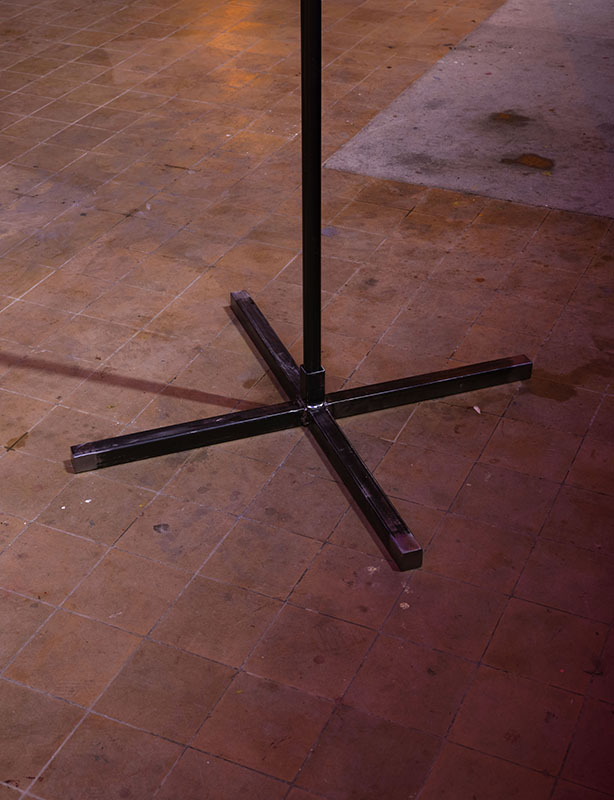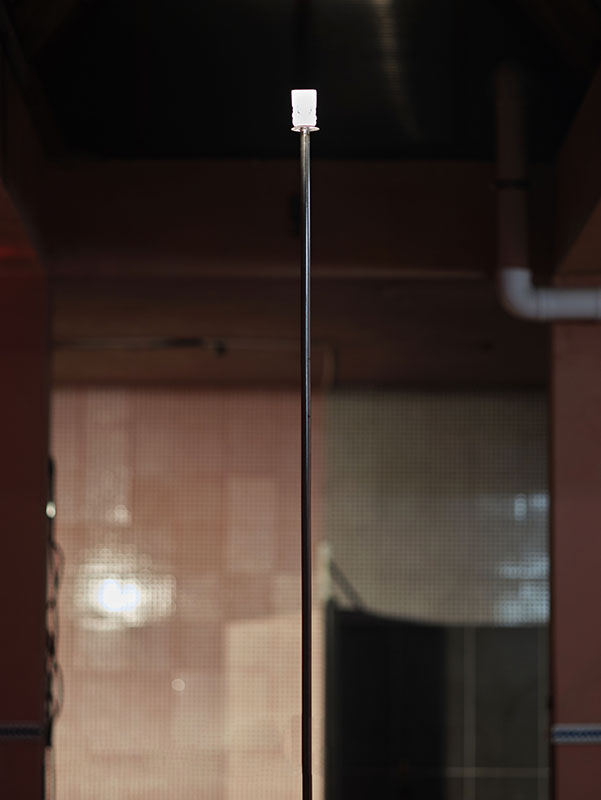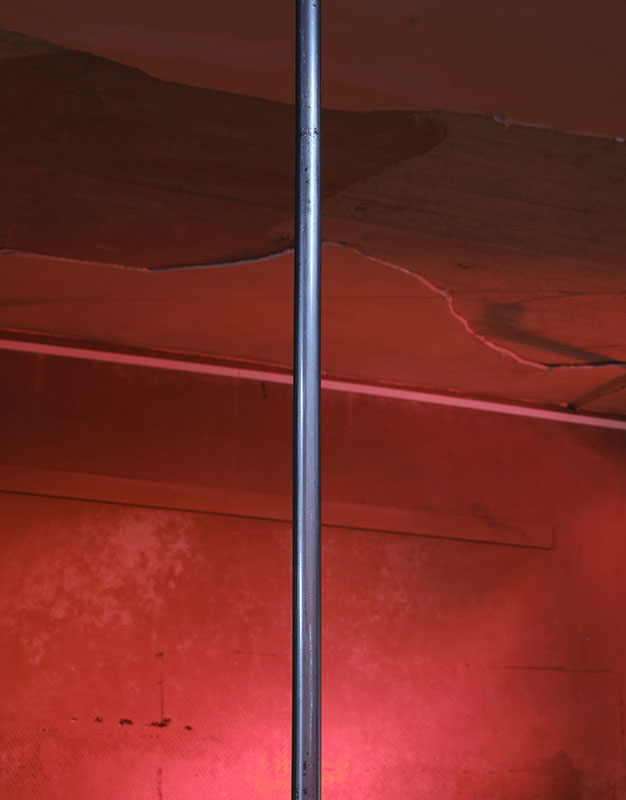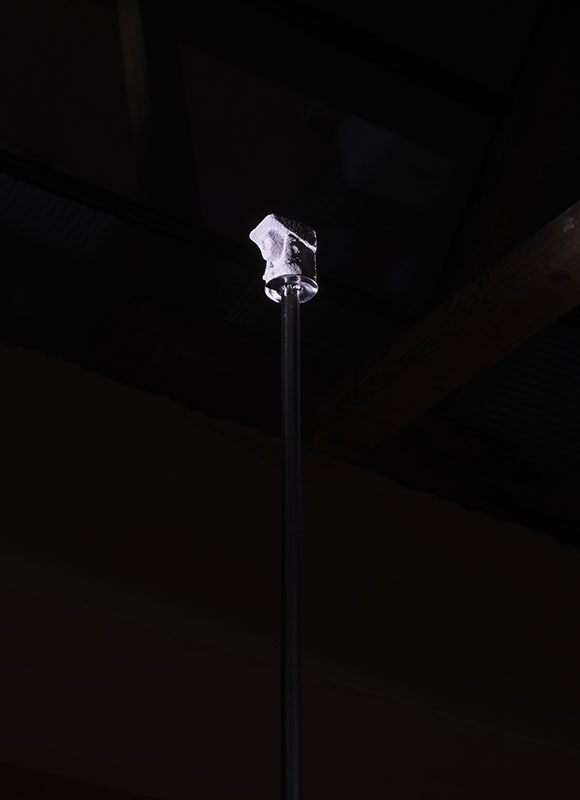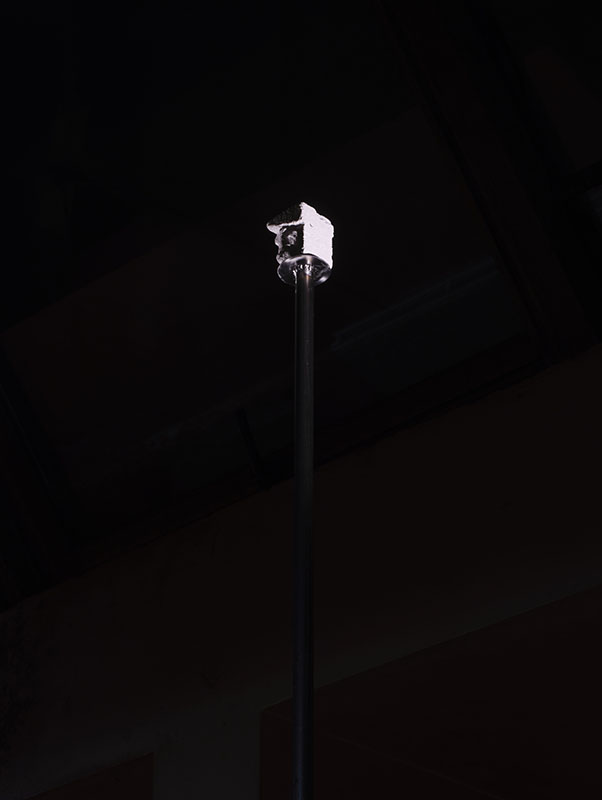Would you say you have any specific themes that follow through your work and why if so?
More and more I have noticed that I can’t really produce a form without a context. I need to create through a frame, an invitation, a particular exhibition place or just a new city or country that I’m into. At the end, the forms, images or devices that I create has to be decoded, they are like potential triggers for the imagination of the viewer. I think that this enigmatic aspect of my work and the fact that you have to decode is linked with an in-situ way of working.
When you discover a new place, when you don’t understand something, you need to imagine and recompose within the elements of this new situation. I think it’s precisely in this state that I'm trying to bring the viewer in.
More and more I have noticed that I can’t really produce a form without a context. I need to create through a frame, an invitation, a particular exhibition place or just a new city or country that I’m into. At the end, the forms, images or devices that I create has to be decoded, they are like potential triggers for the imagination of the viewer. I think that this enigmatic aspect of my work and the fact that you have to decode is linked with an in-situ way of working.
When you discover a new place, when you don’t understand something, you need to imagine and recompose within the elements of this new situation. I think it’s precisely in this state that I'm trying to bring the viewer in.
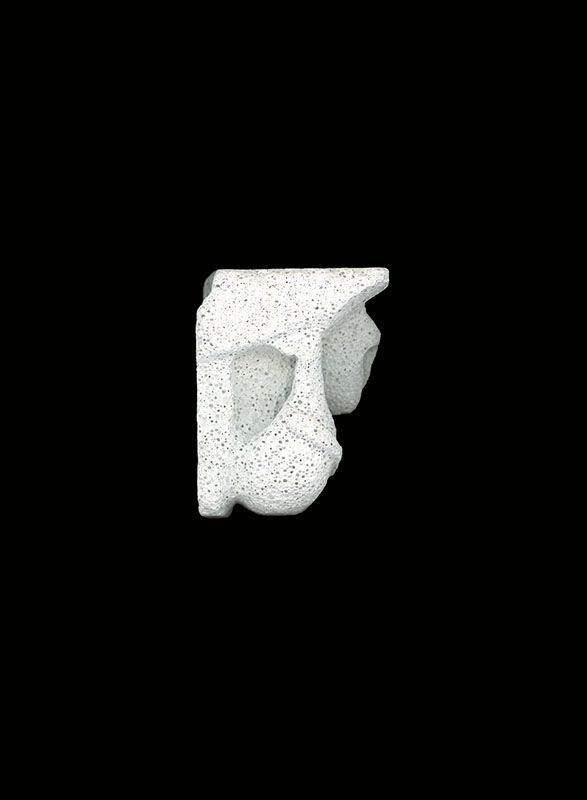
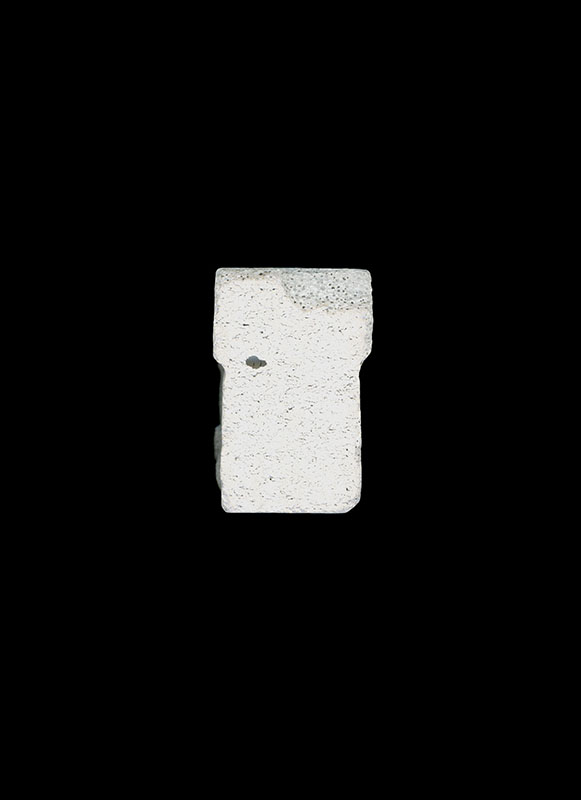
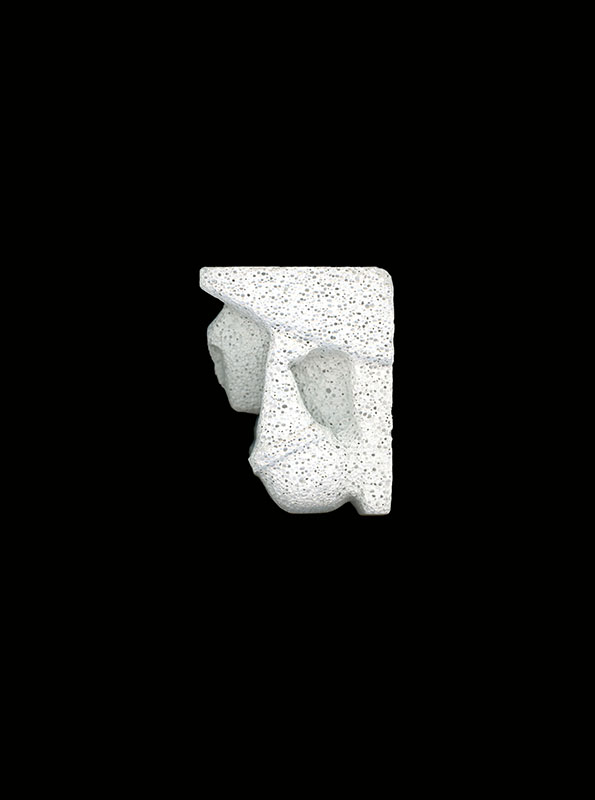
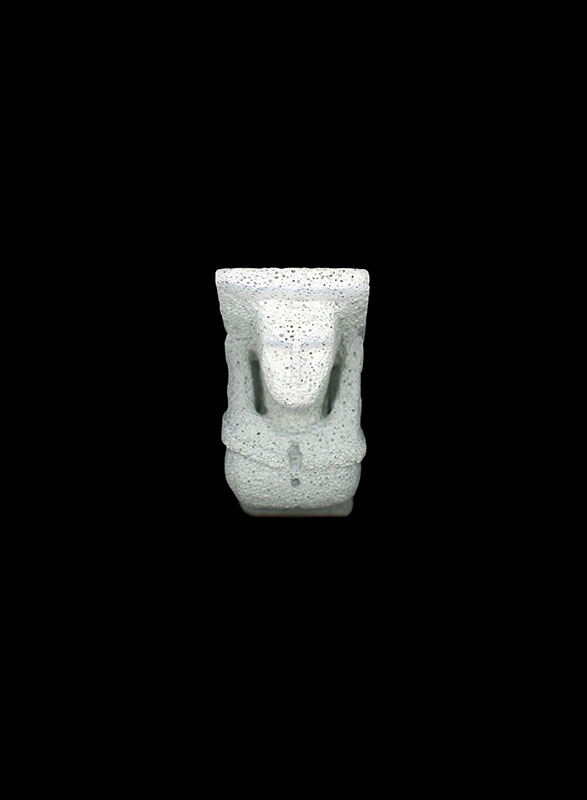
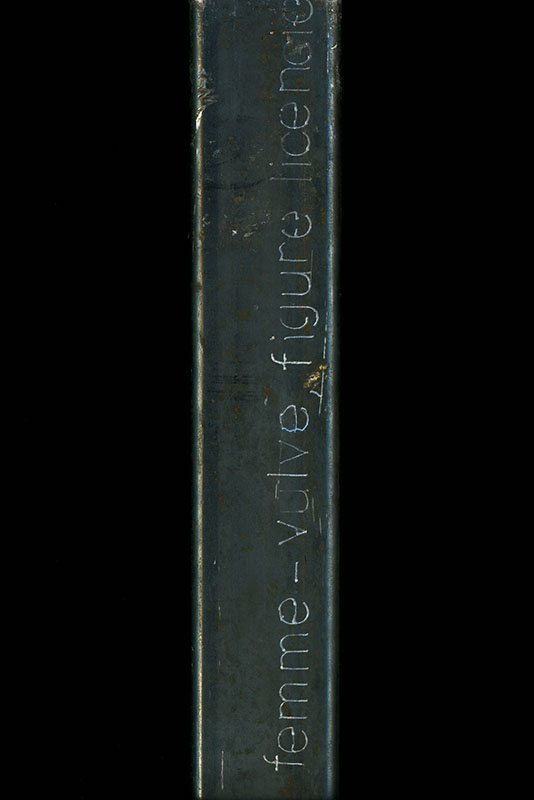
Are you currently developing or working on something new?
I've recently been invited by Rochet Sedin for a group show in Brussels. I did a mud scraper to replace the one missing in front of this artist-run space… It turns out Brussels is the city with the largest number of mud scrapers in the world. This weird object is barely known because we don’t use it anymore since cities no longer as any mud on the street. I also did a tiny tiny sculpture in glass for a nail-groupshow in Brussels. The two curators, an artist and a nail-artist, invited 10 people to propose two nails that they will wear as a way of presenting this exhibition.
Femme-vulve, figure licencieuse, copie d’un modillon d’une église romane du XIIe s. Stand and telescopic steel pole, 570 cm, sculpted figure in aerated concrete, 7,5x6x5 cm, 2021
"The monumentality of this display device is in contrast with the smallness of the sculpture it shows. It symbolises the omnipresence of art despite its current invisibilisation.
The sculpted figure is inspired by a modillion found on the Roman church of Chalais in Vendée. This architectural element represents a vulva-woman showing her sex. These licentious figures are called counter-models and shows to the faithful the deadly sins to be excluded from their daily lives."
All the pictures were taken by Adrien de Hemptinne.
I've recently been invited by Rochet Sedin for a group show in Brussels. I did a mud scraper to replace the one missing in front of this artist-run space… It turns out Brussels is the city with the largest number of mud scrapers in the world. This weird object is barely known because we don’t use it anymore since cities no longer as any mud on the street. I also did a tiny tiny sculpture in glass for a nail-groupshow in Brussels. The two curators, an artist and a nail-artist, invited 10 people to propose two nails that they will wear as a way of presenting this exhibition.
Femme-vulve, figure licencieuse, copie d’un modillon d’une église romane du XIIe s. Stand and telescopic steel pole, 570 cm, sculpted figure in aerated concrete, 7,5x6x5 cm, 2021
"The monumentality of this display device is in contrast with the smallness of the sculpture it shows. It symbolises the omnipresence of art despite its current invisibilisation.
The sculpted figure is inspired by a modillion found on the Roman church of Chalais in Vendée. This architectural element represents a vulva-woman showing her sex. These licentious figures are called counter-models and shows to the faithful the deadly sins to be excluded from their daily lives."
All the pictures were taken by Adrien de Hemptinne.
